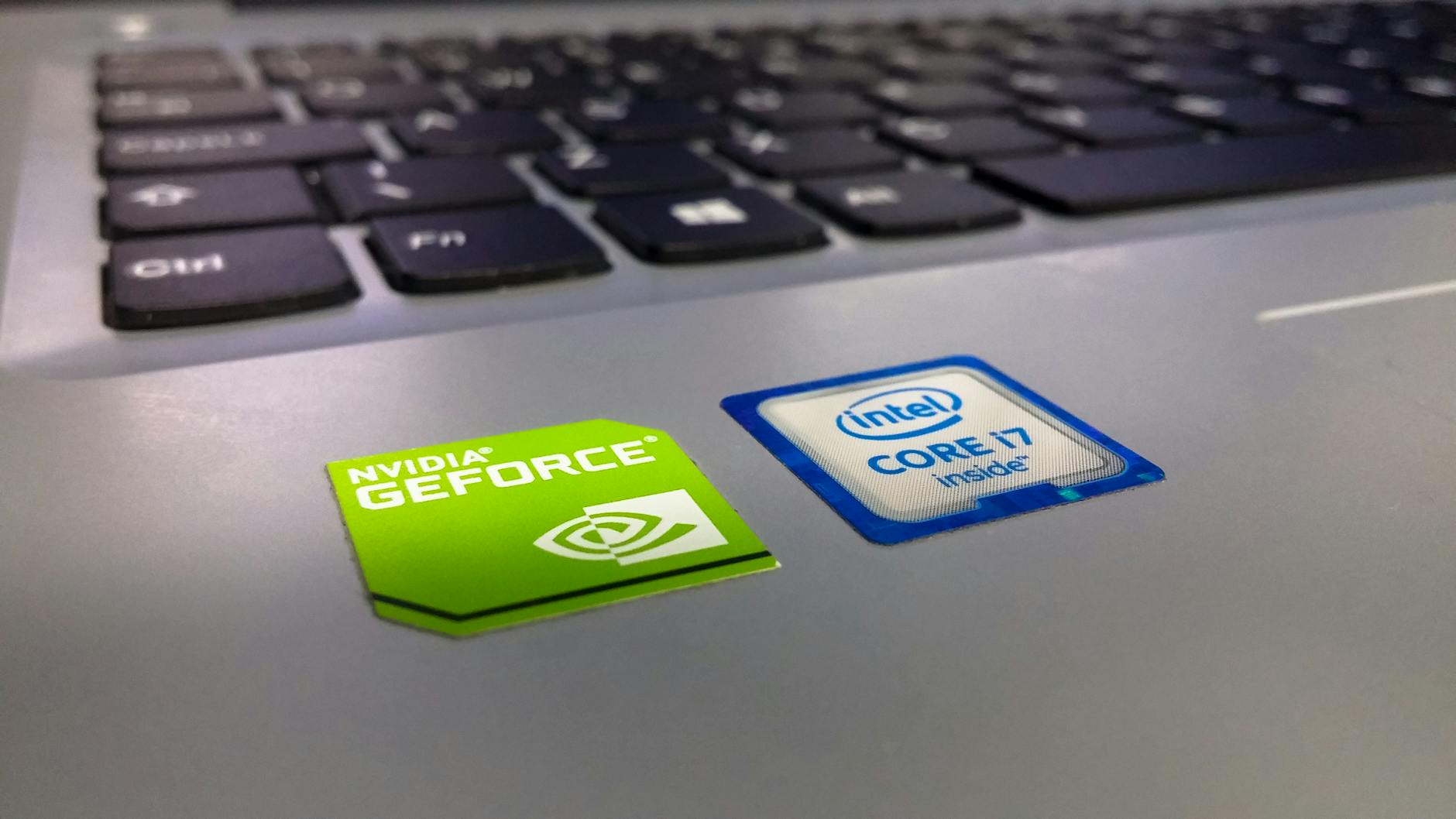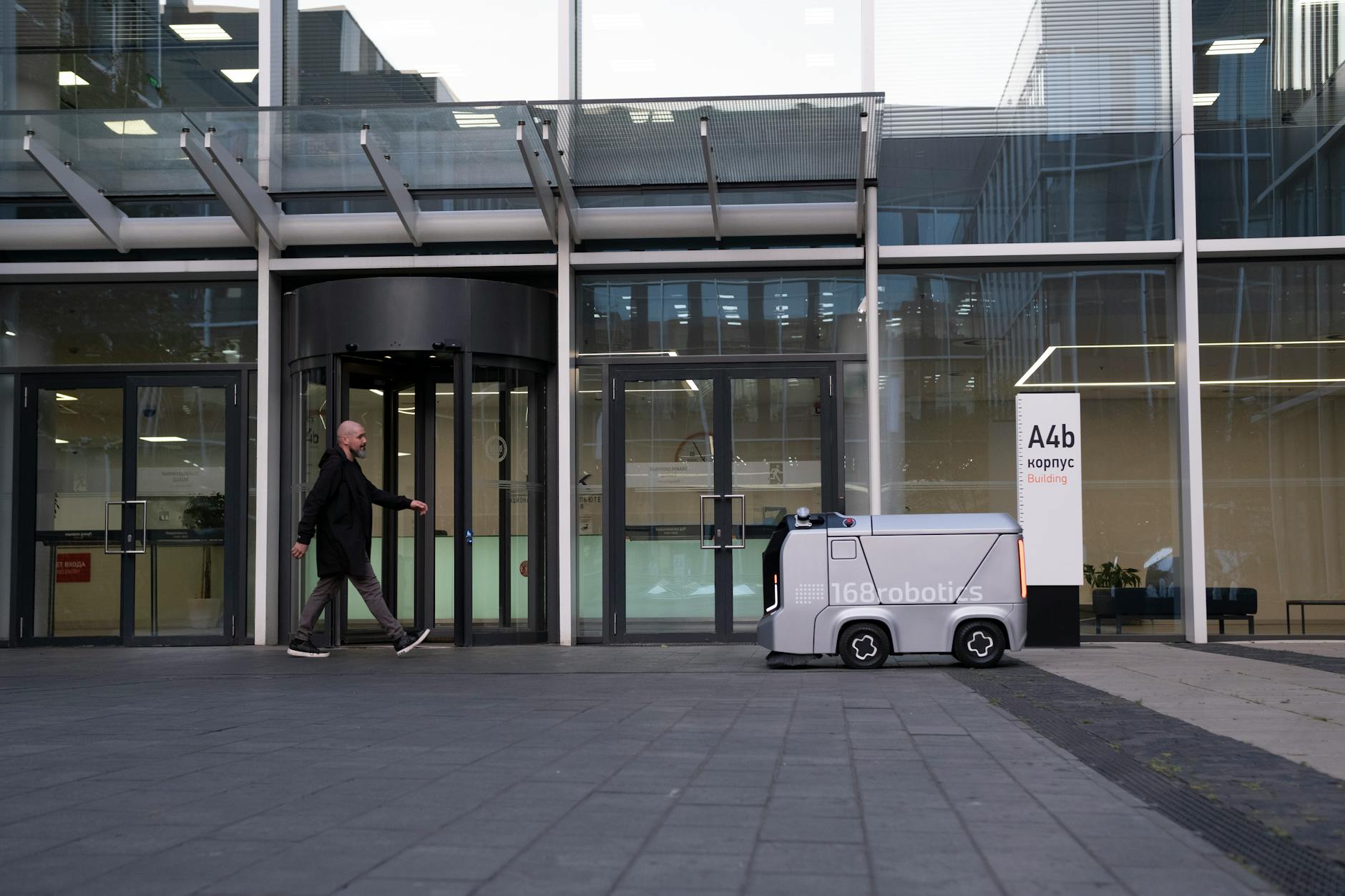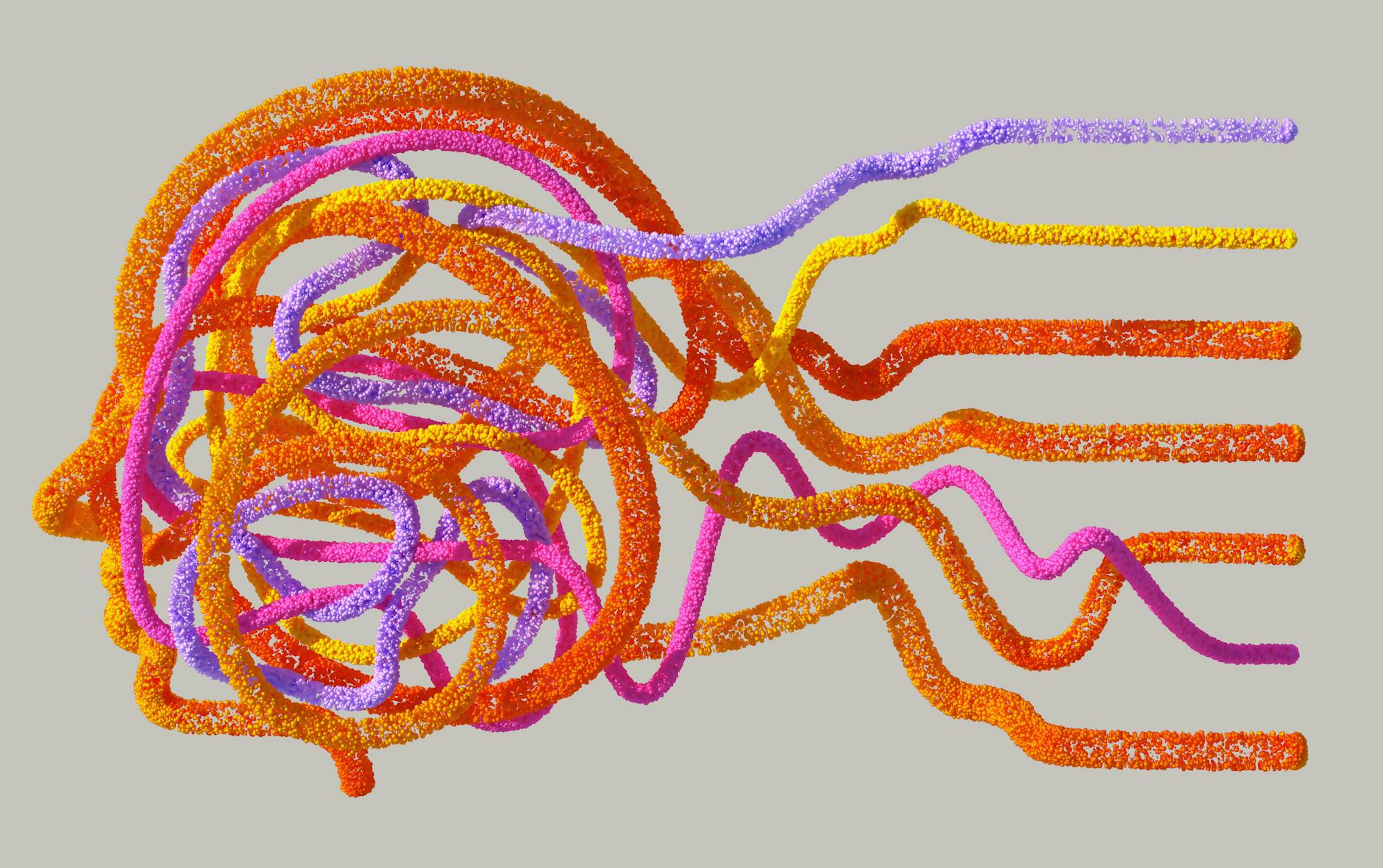Nvidia’s GeForce Now Unleashes a New Era of Cloud Gaming with RTX 5080 and “Install to Play”
Cloud Gaming Redefined: Nvidia Boosts Performance and Convenience for Ultimate Subscribers
Nvidia is significantly enhancing its GeForce Now cloud gaming service, introducing a powerful upgrade for its Ultimate tier subscribers. The update brings the formidable GeForce RTX 5080 servers, enhanced visual fidelity with “cinematic visual upgrades,” and a revolutionary “install to play” feature that promises to streamline game access. These advancements aim to bring cloud gaming closer than ever to the experience of playing on a high-end local PC, all while maintaining competitive pricing.
The GeForce Now Ultimate tier will continue to be priced at $19.99 per month, with a six-month subscription available for $99.99. Nvidia is also introducing an annual subscription option for $199.99, and a daily membership at launch for $7.99. Session lengths for Ultimate subscribers will remain at eight hours.
The core philosophy of GeForce Now has always been to replicate the experience of local PC gaming, a proposition that has become increasingly attractive given the escalating costs of high-end graphics cards. For gamers who cannot afford or keep pace with the latest hardware releases, GeForce Now offers a pathway to experience demanding titles with cutting-edge graphical capabilities. This latest upgrade directly addresses some of the traditional limitations of cloud gaming, such as resolution restrictions, image quality compromises, and input latency, by leveraging more powerful server hardware and innovative software solutions.
Context and Background: The Evolving Landscape of Cloud Gaming
Cloud gaming has emerged as a significant trend in the video game industry, offering an alternative to traditional console and PC gaming. Services like GeForce Now, Xbox Cloud Gaming, and PlayStation Plus Premium allow users to stream games directly to their devices without needing powerful local hardware. This democratizes access to high-fidelity gaming, enabling players on lower-spec PCs, laptops, smartphones, and even smart TVs to enjoy graphically intensive titles.
However, cloud gaming has historically faced challenges. Delivering high-resolution graphics and maintaining low latency requires substantial bandwidth and powerful server infrastructure. Early iterations of cloud gaming services often necessitated compromises in visual quality or introduced noticeable input lag, which could detract from the gaming experience, particularly in fast-paced or competitive genres. Nvidia, a dominant player in the GPU market, has consistently aimed to push the boundaries of what’s possible in cloud gaming through its GeForce Now platform.
The introduction of the GeForce RTX 5080 servers represents a significant leap forward in the hardware powering GeForce Now. The RTX 5080, based on Nvidia’s “Blackwell” architecture, is expected to offer substantial improvements in processing power and graphical capabilities compared to its predecessors. This upgrade directly combats the cost barrier of owning physical RTX 4000 or 5000 series cards, which can run into hundreds of dollars, making GeForce Now a more compelling value proposition for enthusiasts.
Furthermore, the “install to play” feature addresses a key usability hurdle. Previously, GeForce Now required users to “load” games onto the service’s servers, with resources being reallocated after each session. This meant a small but sometimes noticeable delay when starting a game, as the server environment was reconfigured. The new system, by allocating dedicated cloud storage per subscriber, aims to make games instantly accessible, akin to having them installed locally.
In-Depth Analysis: Decoding the GeForce Now Upgrades
The Power of RTX 5080 and “Blackwell” Architecture
The centerpiece of this update is the integration of GeForce RTX 5080 servers. These new machines are powered by Nvidia’s “Blackwell” architecture, which promises significant performance gains. For GeForce Now Ultimate subscribers, this translates to:
- DLSS 4 Multi-Frame Generation: This advanced AI-powered technology is designed to enhance frame rates and visual quality. Nvidia claims it can enable 5K resolution at 120 frames per second (fps), a benchmark that was previously unattainable for most cloud gaming services. DLSS 4 is expected to offer even more sophisticated frame generation techniques than its predecessors, leading to smoother gameplay and sharper visuals. For more on DLSS technology, visit the official Nvidia DLSS page: Nvidia DLSS.
- Nvidia Reflex Support: For competitive gamers, Nvidia Reflex is crucial. It aims to reduce system latency by optimizing the rendering pipeline. With support for up to 360 fps at 1080p resolutions, this feature is particularly beneficial for fast-paced titles where split-second reactions are paramount. Understanding Nvidia Reflex: Nvidia Reflex.
Nvidia states that the majority of gamers in supported regions will experience latency below 30 milliseconds. This sub-30ms latency threshold is considered a critical marker for a responsive cloud gaming experience, making games feel more immediate and less delayed. Measuring and understanding latency is key to enjoying cloud gaming: GeForce Now Latency Guide.
Game Compatibility and Server Infrastructure
While the RTX 5080 servers offer substantial power, Nvidia has clarified that not all games will immediately benefit from the full extent of these upgrades. The service will support “select games with RTX 5080 performance,” with additional games being added weekly. This phased rollout suggests a process of optimization and compatibility testing for each title on the new hardware.
The underlying server configuration is also noteworthy. While Nvidia has not disclosed the exact CPUs, it has confirmed the use of AMD’s “Zen 5 CPUs” and Nvidia’s ConnectX-7 SmartNICs. The ConnectX-7 SmartNICs are designed to accelerate networking and storage operations, which can further reduce latency and improve data throughput. The Ultimate tier is expected to retain its 16 virtual CPUs, offering a robust computing environment. With a total of 62 teraflops of gaming performance and 48GB of frame buffer, these servers are capable of handling demanding graphical workloads, streaming up to 100Mbps of data to the user’s device.
Cross-Platform Enhancements and Visual Fidelity
The GeForce Now upgrades extend beyond raw performance, focusing on improving the visual experience across various devices:
- Steam Deck and Lenovo Legion Go: Performance on popular handheld gaming PCs like the Steam Deck is projected to increase from 60 fps to 90 fps, while the Lenovo Legion Go S could see improvements up to 120 fps. These boosts are significant for portable gaming, offering smoother frame rates and a more enjoyable experience on the go.
- macOS Support: In a notable move, LG TVs connected to macOS devices will be able to utilize the full 5120×2880 resolution. This signifies Nvidia’s commitment to expanding GeForce Now’s reach, effectively turning macOS machines into capable gaming platforms when paired with the service. The GeForce Now client for macOS will receive the same upgrades as its Windows counterpart, ensuring a consistent experience.
- Optimized Visuals: For laptop users, GeForce Now will automatically detect the device’s capabilities to deliver the best possible visual quality. The service will employ YUV color with 4:4:4 chroma sampling for enhanced color accuracy and detail, and utilize AI to smooth graphical overlays, contributing to a more polished presentation.
The “Install to Play” Revolution
The “install to play” feature is perhaps the most user-centric improvement. Historically, GeForce Now users had to wait for games to be provisioned on the cloud servers. This new system provides each Ultimate subscriber with 100GB of dedicated cloud storage. This dedicated space means games, along with their save data, are instantly available upon launching the service. This eliminates the pre-game loading time and creates a more seamless transition into gameplay.
Nvidia is also offering tiered storage upgrades: 200GB for $2.99 per month, 500GB for $4.99 per month, and 1TB for $7.99 per month. These options provide flexibility for users who wish to have more games readily accessible. Even users on lower-tier GeForce Now subscriptions will have access to these storage upgrade options, indicating a service-wide push towards greater convenience.
With these upgrades, GeForce Now is expected to support approximately 4,500 games, an increase of about 2,200 titles that are now compatible with the “install to play” functionality. This expansion includes highly anticipated titles such as Obsidian’s The Outer Worlds 2, Paradox’s Vampire: The Masquerade — Bloodlines 2, and Activision’s classic Call of Duty: Black Ops 2.
Bridging the Gap: Performance Claims and Social Integration
Nvidia is making bold claims regarding the performance of its upgraded service, suggesting that GeForce Now will offer superior streaming performance compared to dedicated consoles like the PlayStation 5 Pro. While specific benchmarks are yet to be released, this statement indicates Nvidia’s confidence in its ability to deliver a high-quality gaming experience through the cloud.
Beyond performance, GeForce Now is also enhancing social integration. New “click-to-play” options will allow users to easily invite friends to join them in games. For instance, a link shared via Discord could enable a friend to jump directly into a game like Fortnite, even if they don’t own the game or have a capable gaming PC, provided they have an Epic Games account. This feature lowers the barrier to entry for collaborative gaming and makes sharing gaming experiences more accessible.
Additionally, Nvidia is optimizing its Project G-Assist AI tool. The “lightened” app will be accessible on all RTX-equipped PCs with more than 6GB of VRAM, making AI-assisted gaming guidance more widely available.
Pros and Cons
Pros:
- Significantly Enhanced Performance: The introduction of RTX 5080 servers powered by the “Blackwell” architecture, coupled with DLSS 4 and Nvidia Reflex, promises a substantial uplift in visual quality and responsiveness for supported titles.
- Reduced Latency: Nvidia’s commitment to sub-30ms latency for the majority of users in supported regions is a critical improvement for cloud gaming.
- “Install to Play” Convenience: Dedicated cloud storage per subscriber means games are instantly accessible, eliminating wait times and providing a more seamless experience.
- Expanded Game Library: The addition of approximately 2,200 “install to play” titles brings the total compatible game count to over 4,500, offering a vast selection for subscribers.
- Cross-Platform Accessibility: Enhanced support for devices like the Steam Deck and macOS, along with improved visual optimization for laptops, broadens the appeal of GeForce Now.
- Competitive Pricing: The continuation of the $19.99/month Ultimate tier price, alongside new annual and daily options, maintains GeForce Now’s value proposition in the cloud gaming market.
- Improved Social Integration: Features like Discord links for instant game access make it easier for friends to play together.
Cons:
- Limited RTX 5080 Game Support at Launch: Not all games will immediately benefit from the RTX 5080 upgrade, with a phased rollout planned. This may lead to an uneven experience for some users.
- Dependence on Internet Connection: As with all cloud gaming services, a stable and high-speed internet connection is paramount. Performance can degrade significantly with poor connectivity.
- Storage Limits: While 100GB of dedicated storage is provided, users who want to keep a large library of games “installed to play” may need to purchase additional storage, incurring extra costs.
- Server Availability and Regional Limitations: Performance and feature availability can vary based on server load and geographic location.
Key Takeaways:
- Nvidia is upgrading its GeForce Now Ultimate tier with RTX 5080 servers, featuring “Blackwell” architecture, DLSS 4, and Nvidia Reflex for enhanced performance and visual fidelity.
- The new “install to play” feature provides 100GB of dedicated cloud storage per subscriber, allowing for instant game access and eliminating loading times.
- The service is expanding its library with approximately 2,200 new “install to play” titles, bringing the total to over 4,500.
- Performance improvements are expected across various platforms, including handheld PCs like the Steam Deck and macOS devices.
- Pricing for the Ultimate tier remains competitive at $19.99 per month, with new annual and daily subscription options introduced.
- While the upgrades are substantial, not all games will initially support the RTX 5080 performance, with a phased rollout expected.
Future Outlook:
Nvidia’s latest GeForce Now upgrades signal a strong commitment to advancing cloud gaming technology and user experience. The integration of the RTX 5080 and “Blackwell” architecture positions GeForce Now at the forefront of cloud gaming performance, potentially setting new industry standards. The “install to play” feature directly addresses a critical friction point for users, making cloud gaming feel more akin to local play than ever before.
As Nvidia continues to roll out RTX 5080 support to more titles and refine its network infrastructure, the service is likely to attract a broader audience, including those who may have been hesitant to adopt cloud gaming due to concerns about latency or game availability.
The expansion of cross-platform capabilities, particularly for macOS, suggests a future where gaming is less tied to specific hardware ecosystems. Furthermore, the ongoing development of AI integration, such as the optimized Project G-Assist, hints at a future where cloud gaming services offer more than just raw performance, but also intelligent assistance and enhanced user interaction.
The long-term success will depend on Nvidia’s ability to maintain a steady stream of new game support, consistent performance across all users, and to continue innovating in areas like latency reduction and visual enhancements. The competitive pricing, especially with the introduction of annual subscriptions, makes GeForce Now a compelling option for gamers looking to access high-end gaming experiences without the upfront cost of powerful hardware.
Call to Action:
For gamers seeking to experience the latest in PC gaming without the hefty hardware investment, Nvidia’s GeForce Now service with its new RTX 5080 and “install to play” upgrades presents a compelling proposition. Interested users are encouraged to visit the official GeForce Now website to explore subscription options, check game compatibility, and learn more about the service’s capabilities. With its commitment to performance, convenience, and accessibility, GeForce Now is poised to redefine the cloud gaming landscape.









